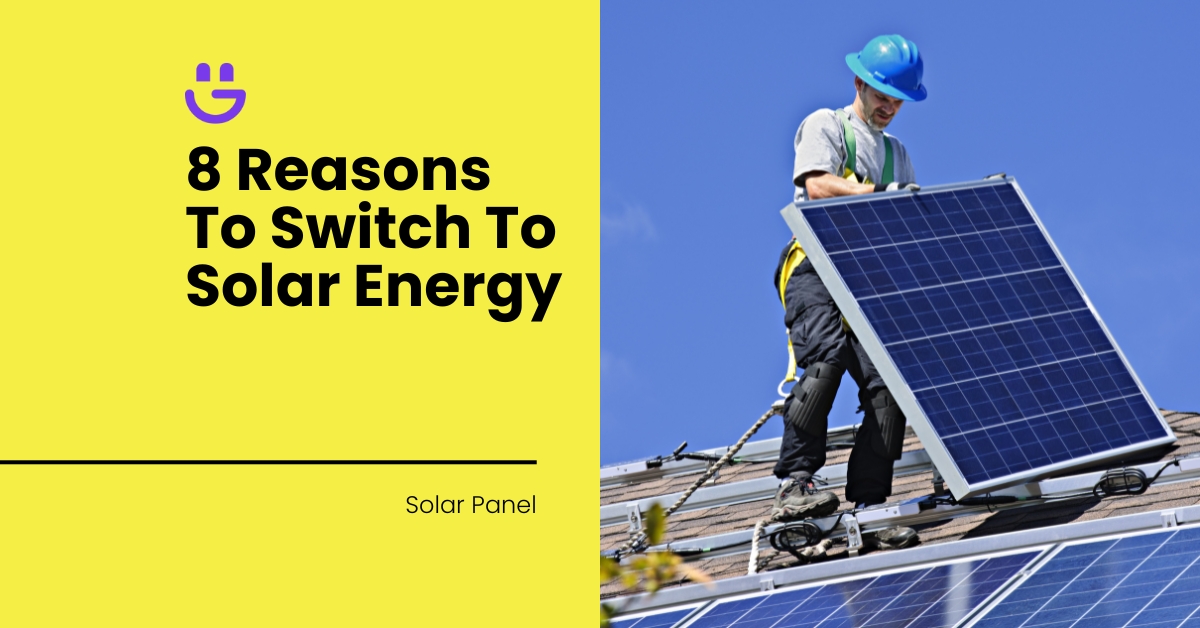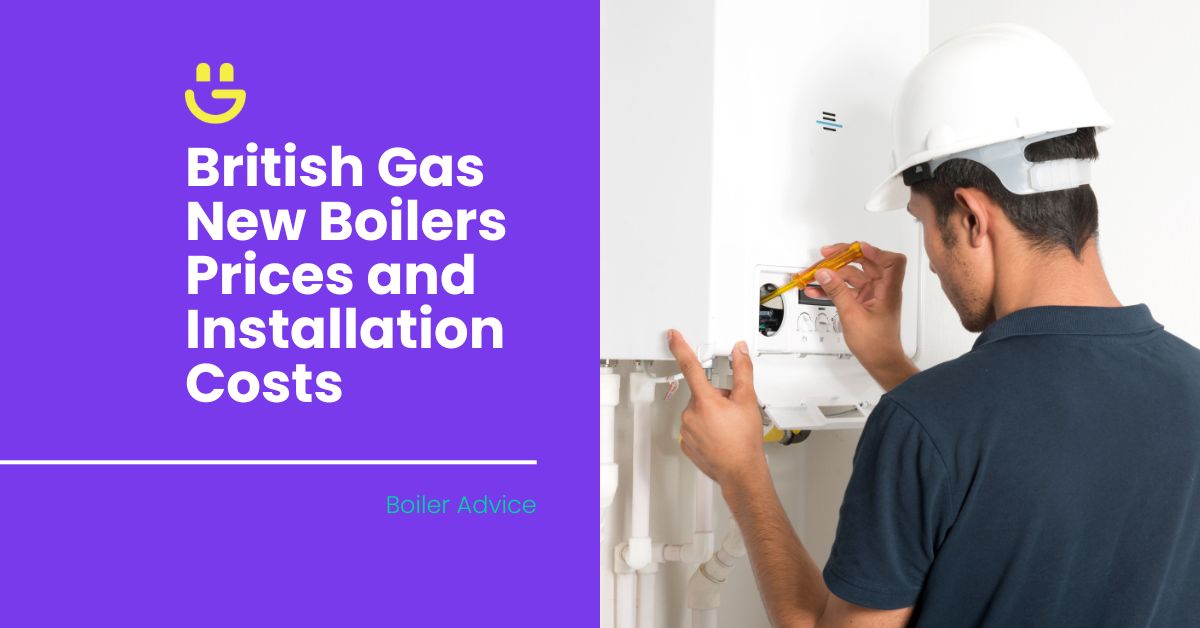Last Updated on November 14, 2025
While horizontal solar panels are more commonly seen in residences and buildings with pitched roofs, vertical solar panels are often used in agricultural fields, on farms and urban landscape projects. However, they are also starting to catch up in buildings with flat roofs.
In this article, we will compare horizontal and vertical solar panels to help you decide which is best suited to your property.
Key Takeaways
- Horizontal solar panel arrays are an energy-efficient and budget-friendly option, suitable for both rooftops and outdoor spaces.
- Vertical solar panels can be installed on building walls, flat roofs and ground. Additionally, bifacial vertical solar panels are more energy-efficient than wall-mounted vertical and roof-mounted horizontal solar panels.
Contents
- 1 What is the Difference Between Horizontal and Vertical Solar Panel Installation?
- 2 Horizontal Vs Vertical Solar Panels: A Detailed Comparison
- 3 Horizontal Vs Vertical Solar System: Which is Best For You?
- 4 Power Your Future with Solar – Get a Free Quote Today
- 5 FAQs
- 5.1 Is horizontal or vertical installation more suitable for limited roof space?
- 5.2 Can I mix horizontal and vertical solar panels in one installation?
- 5.3 Does tilt angle matter for wall-mounted solar panels?
- 5.4 How much more energy efficient are bifacial solar panels?
- 5.5 Are vertical solar panels more efficient?
- 6 Final Thoughts
What is the Difference Between Horizontal and Vertical Solar Panel Installation?
The primary difference between horizontal and vertical solar panel installation lies in the orientation of the panels. Horizontal installations position the panels in a landscape layout, while vertical installations place them in a portrait layout.
This distinction affects how the panels fit on your roof, their energy generation potential, and even their maintenance needs. Horizontal installations are often ideal for wider roofs, as they allow for efficient use of space and may slightly reduce installation costs due to fewer mounting components. On the other hand, vertical installations work better for narrower roofs or areas where maximizing panel height is necessary.
Horizontal Vs Vertical Solar Panels: A Detailed Comparison
We’ll compare horizontal and vertical solar panels to see how they hold up when it comes to metrics like seasonal energy production, energy efficiency, costs, maintenance and durability.
Seasonal energy production
- Horizontal solar panels are set up at a slight pitch, roughly equal to the latitude of the area, facing south for maximal sun exposure throughout the year. These arrays can generate energy throughout the year, but output is significantly larger during summer months and peak sunlight hours.
- Vertical solar panels work best in winter months compared to their horizontal counterparts, thanks to the sun’s lower position in the sky.
Energy efficiency
- Horizontal solar installations produce more energy compared to one-sided wall-mounted vertical solar panel systems, thanks to their optimal angle towards the sun.
- Studies show that vertical solar systems featuring bifacial panels (east-west) produce 2.5% more energy compared to horizontal panels, thanks to their lower operating temperatures. These systems also perform better in the morning and the afternoon hours, unlike horizontal solar panels that peak at noon.
Solar panel orientation
In the UK, the best solar panel orientation is the south. Solar panels installed on east, west and north-facing roofs don’t have the energy efficiency of solar panels facing south.
While this applies to both horizontal and wall-mounted vertical solar panels, vertical bifacial solar panels facing east and west actually produce slightly more energy.
Property conditions
- Roof-mounted horizontal solar panels are considered ideal for south-facing roofs in good condition and built in the last 20 years. Ground-mounted horizontal solar panels are suitable for properties with large outdoor areas without significant shading from buildings and other structures.
- Wall-mounted vertical panels are usually used when a roof isn’t suitable for solar panels due to limited space or structural issues. The walls should be structurally sound and strong enough to support the mounts.
- Bifacial vertical solar panels can be installed on flat roofs and on the ground with special mounting equipment.
Space considerations
Horizontal and vertical solar arrays take a similar amount of space and require enough ground, roof or wall space to accommodate the energy needs of a property.
- More gaps are needed between the panels in a bifacial vertical system, requiring more space. While these panels are smaller in size compared to horizontal arrays, they can’t be crowded together. This makes them ideal for rooftop gardens and agriculture fields.
- Wall-mounted solar PV panels work best on walls facing south in the northern hemisphere. Unless the building is considerably larger than the average 3-house bedroom in the UK, a south-facing wall may not fit as many panels as most roofs can.
Installation costs
- Wall-mounted vertical arrays are slightly more expensive to install compared to horizontal solar arrays since they require special mounts that are attached to the walls.
- Bifacial solar panels cost more than traditional monofacial solar panels and are more expensive to install due to the specialised rails and anchors required for mounting.
Planning and grid permissions
You can install vertical and horizontal solar PV systems in residential buildings if the property isn’t listed or in a conservation area.
You must receive planning permission for ground-mounted solar arrays (vertical and horizontal) if the array covers over nine square metres.
Maintenance
Vertical solar arrays are easier to maintain as they are less prone to accumulating debris, dirt, droppings and snow.
Durability
Vertical arrays operate at lower temperatures than horizontal arrays, which can increase their lifetime.
Horizontal Vs Vertical Solar System: Which is Best For You?
If you’re trying to decide whether a horizontal or vertical solar system is best suited to your property, consider these factors.
Available roof, ground and wall space
- South-facing horizontal systems and east-west bifacial vertical solar systems require roughly the same amount of space to produce the same amount of energy. You need roughly the same amount of roof or ground space for either system.
- If you don’t have enough roof or outdoor space to accommodate a solar PV system, you need a wall-mounted vertical solar system. These panels are less energy efficient than both horizontal and bifacial vertical systems, so more panels are required to produce sufficient energy.
However, these systems are a particularly good choice for tall buildings with limited rooftop and outdoor spaces.
Conditions of your property
Even if you have sufficient ground, wall or roof space for a solar array, you must consider whether they are suitable for solar panel installations.
If you want to install solar panels on your rooftop, check if your roof is suitable for solar panels:
- The roof must be in good condition and built in the last 20 years for both horizontal and vertical installations.
- A south-facing roof pitched 30 to 40 degrees is ideal for horizontal panel orientation. Slope angles can also be adjusted further during the installation process.
- A flat roof can accommodate both horizontal and bifacial vertical solar panels. However, the roof must be strong to support the mounting equipment.
For a wall-mounted vertical installation, the wall must be strong enough to carry the weight of the solar mount.
If you want a ground-mounted array, consider whether you plan on using the land for aesthetic or agricultural purposes. Solar panels with horizontal orientation are more cost-effective, but panels with vertical orientation are great for horticultural businesses and farmers who want to benefit from solar energy.
Your budget
- Horizontal solar panel installations are usually cheaper compared to vertical solar panel installations.
- Mounting solar panels on walls and vertical surfaces can be expensive as you must pay for additional support equipment.
- Vertical bifacial solar panel systems are considerably more expensive.
- If you have space available on your roof or outdoor area, a horizontal solar panel array would be the cheaper and more practical solution.
Power Your Future with Solar – Get a Free Quote Today
Ready to embrace clean energy and save on energy costs? At Eco Happy, we specialize in tailored solar solutions that align with your unique needs. Request your free, no-obligation quote today and receive expert guidance on the best solar system for your home or business. Let us help you make a smarter, greener choice—your journey to sustainable energy starts here!
FAQs
Is horizontal or vertical installation more suitable for limited roof space?
Vertical orientation is often better for narrow roofs, as it allows for more panels to fit in a constrained space. Horizontal installation is ideal for wider roofs where space is less of a concern.
Can I mix horizontal and vertical solar panels in one installation?
Yes, mixed orientation can be used to maximize available roof space or align with shading patterns. However, this requires careful planning to ensure optimal energy output.
Does tilt angle matter for wall-mounted solar panels?
Yes, wall-mounted solar panels catch more sunrays when they are tilted compared to when they’re parallel to the wall. Wall-mounted panels can be tilted near 60 degrees to capture more sunlight.
How much more energy efficient are bifacial solar panels?
Under ideal conditions, bifacial solar panels can increase total energy production by up to 25%. Bifacial solar panels installed vertically can increase that figure even more, by 4% in summer months and 2.5% annually.
Are vertical solar panels more efficient?
Vertical solar panels can be more efficient if they are bifacial. Wall-mounted vertical solar panels are less efficient compared to horizontal panels.
Final Thoughts
While wall-mounted vertical solar panels are less energy efficient than horizontal solar panels, they are a good option if you don’t have sufficient roof or outdoor space. Bifacial vertical solar panels are energy efficient but are not as cost-effective as horizontal solar panels.
Both vertical and horizontal solar panels have unique advantages that can complement your property. If you aren’t sure which option is the best for you, contact our team at Eco Happy for a consultation today.





Tom Allen
Solar Expert